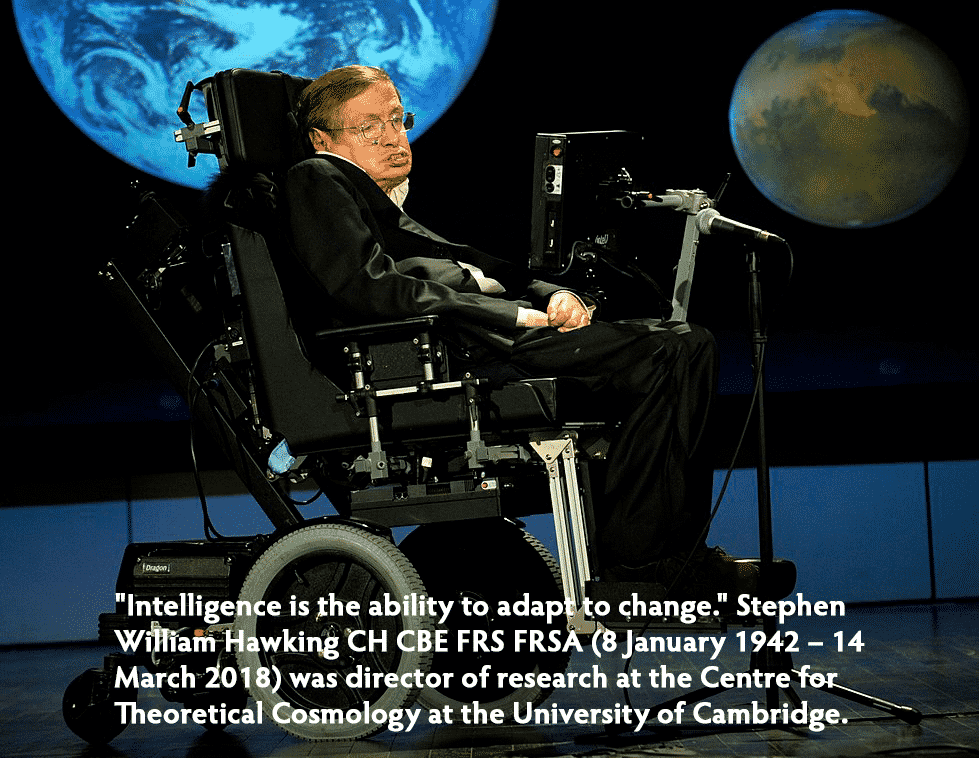
Alternative and Augmentative Communication (AAC) bridges the communication gap that exists for individuals with severe expressive communication disorders.
Communication is a vital part of our human experience. When communication is impaired, it not only affects our quality of life but our ability to interact with the world around us. Building communication skills gives people a whole new way of expressing themselves and is an avenue to making meaningful connections with others. Unfortunately, approximately 4 million Americans are unable to reliably communicate using natural speech (Beukelman and Mirenda 2013). For these people, AAC can transform their lives. AAC is used to supplement existing speech or is used in the place of speech that is absent.
Who Uses AAC?
AAC can be beneficial for individuals with autism spectrum disorder (ASD), cerebral palsy, developmental disabilities, apraxia of speech, and various genetic disorders. For this population, AAC is used as a way of acquiring and developing receptive-expressive language and literacy skills. The National Survey of Children With Special Health Care Needs (2005–2006), estimated the prevalence of children with special health care needs who have a speech difficulty is 2.9% among all U.S. children. AAC is also used to bridge the communication gap for individuals with acquired disabilities, such as strokes, traumatic brain injury, neurodegenerative diseases, and disabilities following surgeries. AAC use for this population will change over time depending on the severity of the condition.
For individuals with AAC needs, the speech-language pathologists at New Horizons Wellness Services provide screening, assessment, diagnosis, and treatment. In this process, the Speech-Language Pathologist assesses individuals to determine what type of AAC best fits their needs. There are two types of AAC that can be used depending on the needs of the individual:
- Unaided: using our body to convey messages including gestures, facial expressions, affect and sign language.
- Aided: using technology, communication books, symbols, language applications or speech-generating devices.
There are many examples of how AAC and having access to communication can dramatically change the quality of an individual’s life. Watch Sara Pyszka’s personal AAC Story to gain a better understanding of how AAC can be used.
Assistive Technology
AAC falls into the larger category of assistive technology (AT). You now know what AAC is, but what is assistive technology? According to the Assistive Technology Industry Association (ATIA), AT is any item, piece of equipment, software program, or product system that is used to increase, maintain, or improve the functional capabilities of persons with disabilities. AT helps individuals who have difficulty with mobility (walking, writing, typing, playing games), communication, memory, seeing, hearing, and various other areas that may impact their functional abilities. AT provides individuals with the opportunity to interact and engage with the world around them regardless of the challenges they may face.
Are you interested in learning more about assistive technology?
The Assistive Technology Lab in Portland is an education and resource center with a mission for change and inclusion for people with disabilities, their families, professionals, students, and the public. Their focus is on increasing access and comfort with assistive technology in the Pacific Northwest.
[robo-gallery id=”5777″]
A visit to the Assistive Technology Lab (AT Lab) in Portland would reveal a wonderful world of all things inclusive. For example, there are wide hallways, large elevators with widened buttons and a fully accessible kitchen for individuals with various levels of mobility. The AT Lab is full of items that help people with activities of daily living, communication, mobility, learning, and leisure. The lab allows for anyone to walk in and learn about all the assistive technology that is currently available. Whether you are in need of an AAC device, a wiggle chair, or an adapted Xbox controller, the AT Lab will be able to assist you with getting the item. They offer training, workshops, and mentorship programs for individuals and clinicians interested in learning more about assistive technology. The AT Lab creates a community for assistive technology users, offering social groups for children and adults. The AT Lab is a valuable resource for our community providing an inclusive space for people with disabilities, their families, professionals, students, and the public.
References:
American Speech Language Hearing Association website
Assistive Technology Industry Association
Community Vision Assistive Technology Lab
https://www.youtube.com/watch?v=VlC8G5nNE7k
What is AT? (n.d.). Retrieved from https://www.atia.org/at-resources/what-is-at/
Yours in Health,
New Horizons Wellness Services13333 SW 68th Pkwy,
Tigard, OR 97223
- https://g.page/newhws
New Horizons Wellness Services provides a true multidisciplinary approach to mental & physical health treatments for children, adults and families.
